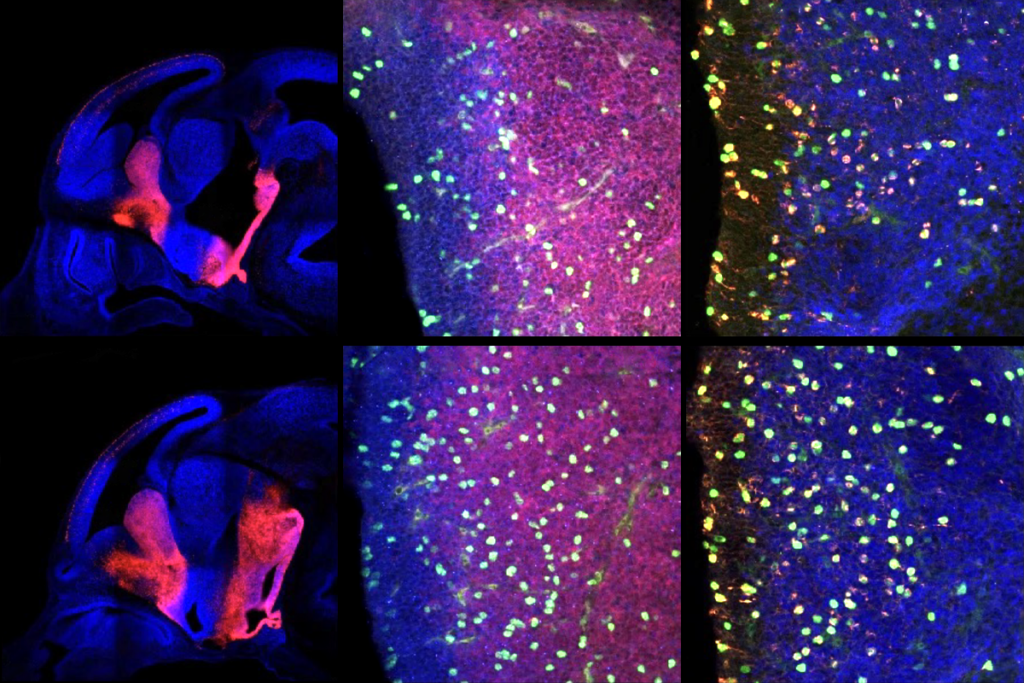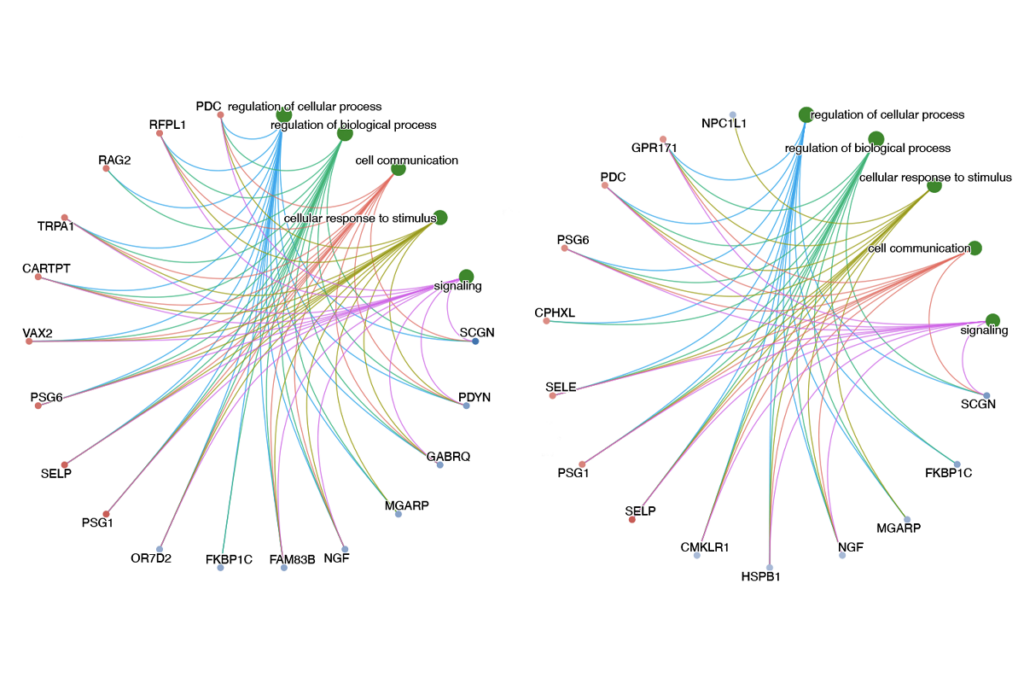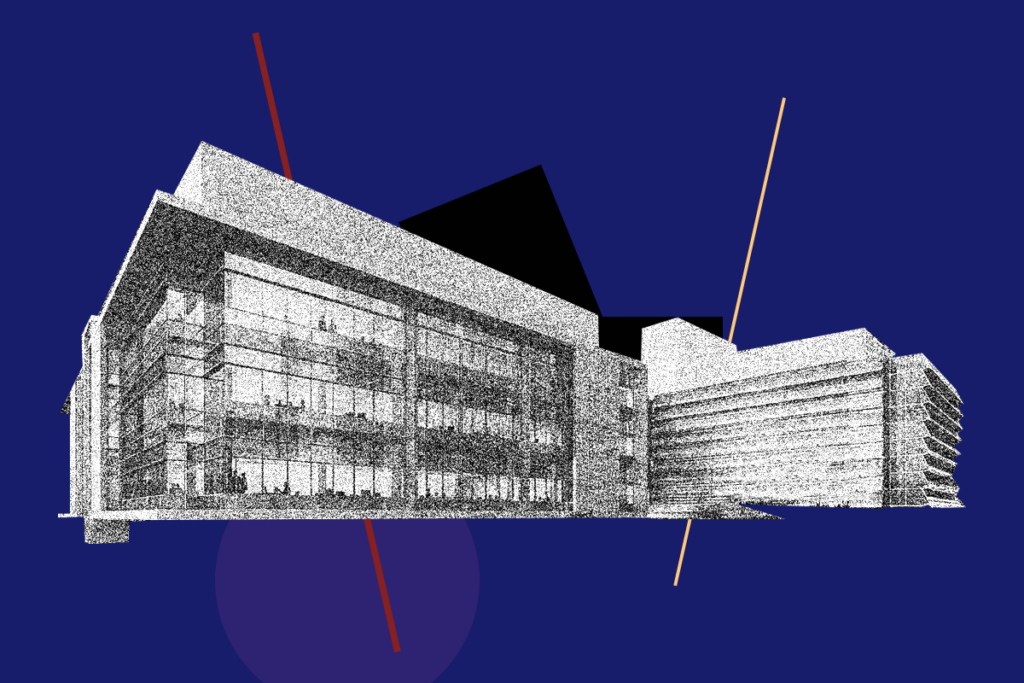- Autism-linked genes have little to no overlap in sex-differential gene expression in prenatal cortical tissue. Biological Psychiatry Global Open Science
- Experiential and expressive negative traits in autism can be differentiated from those in schizophrenia. Spectrum has previously covered similarities and differences in social aspects of the conditions. Schizophrenia Research
- An estimated 20 percent of infants who have an autistic sibling end up with the diagnosis themselves, a rate that has not appreciably changed in the past 13 years. A 2017 Spectrum feature reviewed baby sibs research. Pediatrics
- Electroencephalograms in a mouse model of Dup15q syndrome find some altered sleep profiles that are analogous to those of people with the syndrome, and others that are different. Journal of Neurodevelopmental Disorders
- Pediatricians with specialized expertise in neurodevelopmental conditions are more likely to practice in urban areas, leaving some regions in the United States underserved. The Journal of Pediatrics
- Autism research often excludes people with intellectual disability, to the detriment of understanding those in which the conditions coexist, argue two psychologists. Nature Reviews Psychology
- The U.K. National Institute for Health and Care Excellence and the National Health Service have announced that they intend to update clinical guidelines for the diagnosis and treatment of autism. X.com
Baby sibs; sleep in Dup15q syndrome; pediatrician deserts
Here is a roundup of autism-related news and research spotted around the web for the week of 29 July.
By
Jill Adams
30 July 2024 | 2 min read
tags:
Recommended reading

PTEN problems underscore autism connection to excess brain fluid
By
Holly Barker
3 April 2025 | 4 min read

Autism traits, mental health conditions interact in sex-dependent ways in early development
By
Jill Adams
1 April 2025 | 2 min read

New tool may help untangle downstream effects of autism-linked genes
By
Giorgia Guglielmi
27 March 2025 | 5 min read
Explore more from The Transmitter

Five things to know if your federal grant is terminated
By
Calli McMurray
2 April 2025 | 7 min read
It’s time to examine neural coding from the message’s point of view
By
Daniel Graham
1 April 2025 | 0 min watch
Cite this article:
